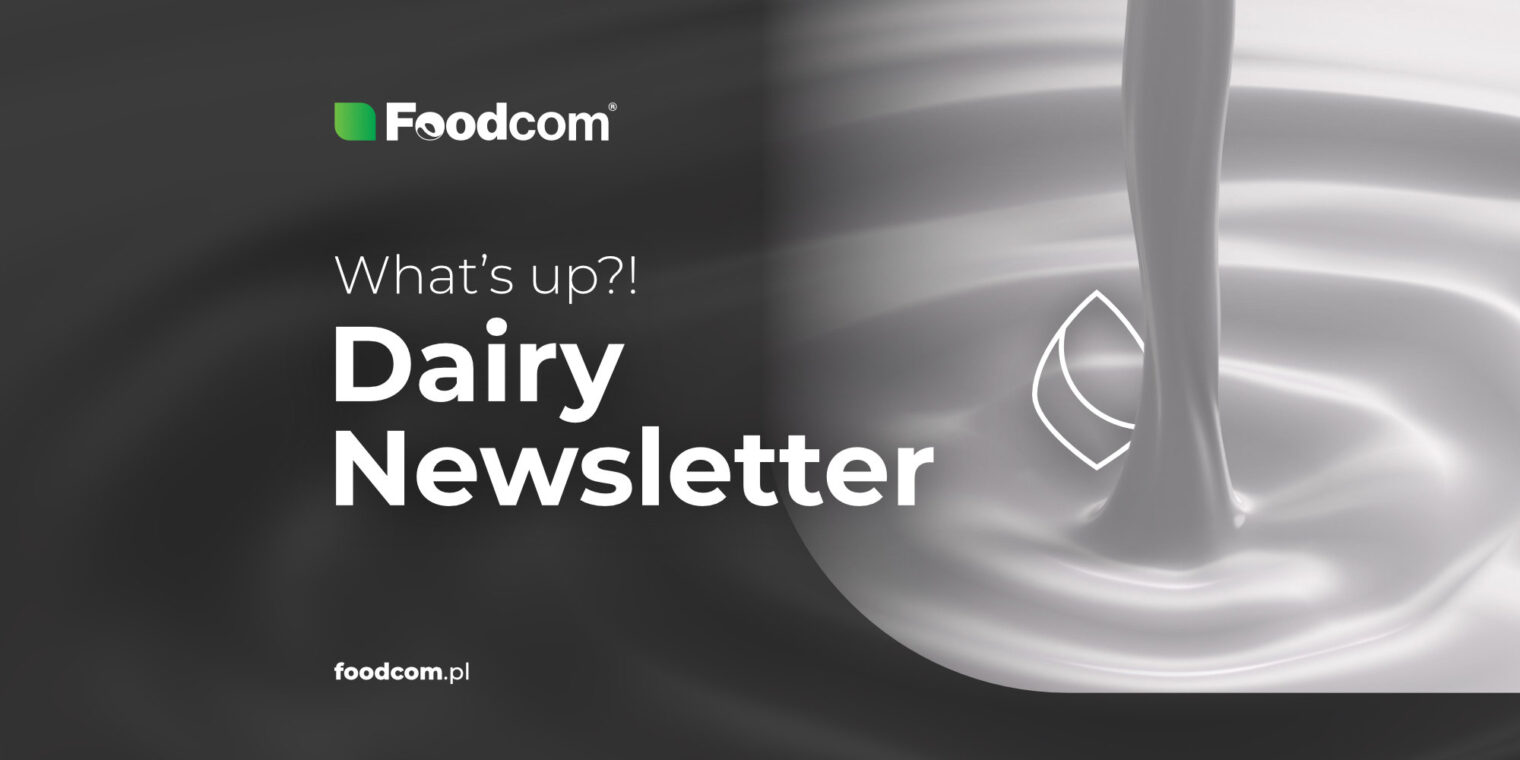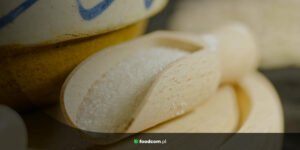Summary
Table of contents
This is our summary of the week 14 on the European dairy market divided into 4 main categories.
Powders
Most producers still maintain the narrative that they are sold out for the coming months. SMP offered by Polish producers is at the level of 2.50 EUR/kg EXW. This is also caused by the EUR/PLN exchange rate. Another factor is that the weather is not favorable for milk production. This should cause an increase in price.
Despite the decline in lactose prices on GDT, the interest in lactose and permeate is not decreasing. The reason might be the huge demand from China.
Whey and its derivatives are doing exceptionally good. Both food and feed whey prices are strong. The interest in WPC is rising since a couple of weeks. The demand is significant, so the situation will not change any time soon.
Cheese
A lot of uncertainty on the cheese market, mainly due to the extension of restrictions and the closure of HORECA in most European countries. German producers still offer Gouda/Edam above 3.03 – 3.05 EUR/kg EXW. The price difference persists and Polish producers keep the price level above 3.15 EUR/kg EXW. Cagliata is offered above 3.10 EUR/kg and reductions are not on the horizon. In general, the market is going rather up.
Butter
Polish butter blocks are offered at around 4 EUR/kg EXW. At the same time, butter from Western producers (NL/DE) does not fall below 4.15 EUR/kg EXW. We have to keep in mind that this month a contract with retail chains in Germany is negotiated, which always affects the prices of butter. Interest in AMF is not decreasing – prices are at around 5.10 – 5.15 EUR/kg EXW.
Liquids
Cream strengthened its price slightly. Along the week the prices were gradually climbing. The interest was also growing.
We observe the seasonal milk intake increase, but it is surely slower than in previous years due to colder weather. The availability of SWC is still stable. SMC build up in Germany, France and the UK. Many dairies will rise their milk price in upcoming months. For instance, DMK will add €0.50 in March and €1 in April (per 100 kg). FrieslandCampina will probably increase the milk price in March and April, by €0.20 and €0.70 respectively.
Categories:






